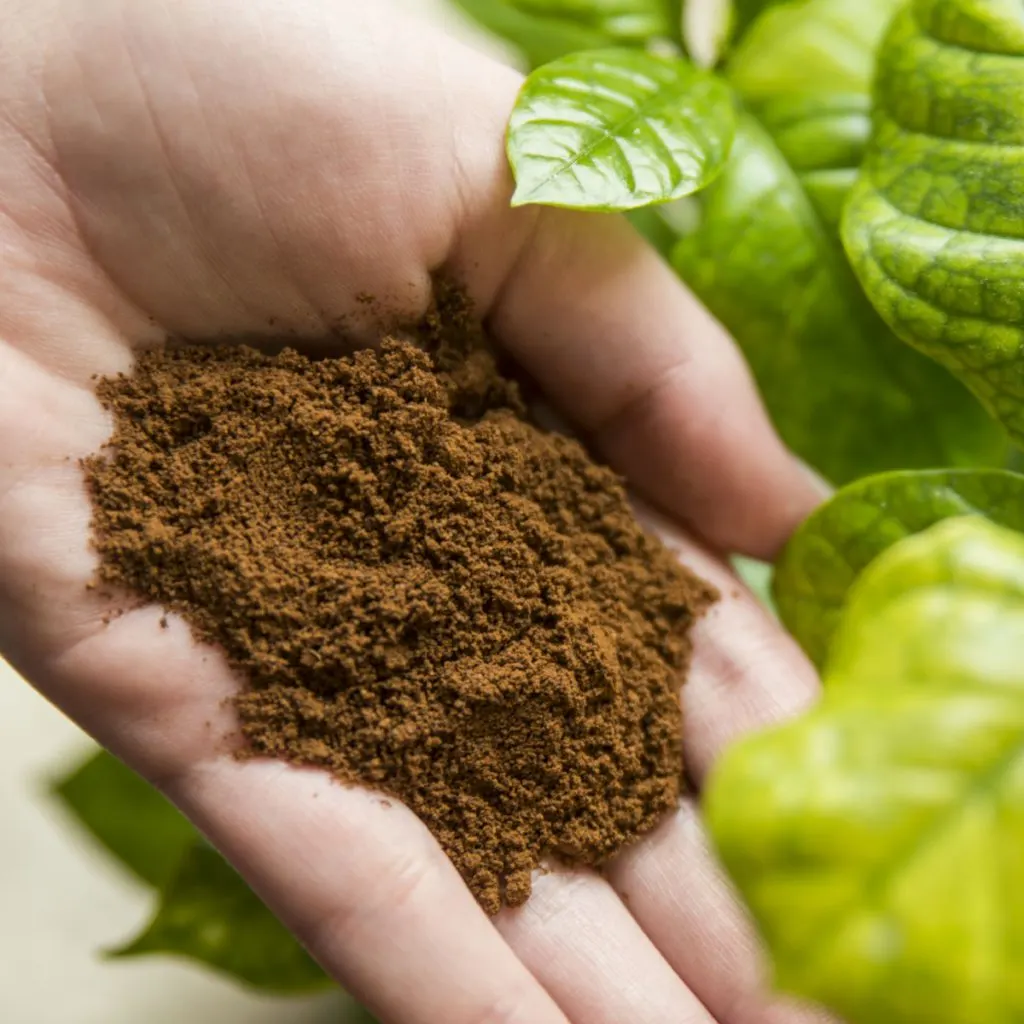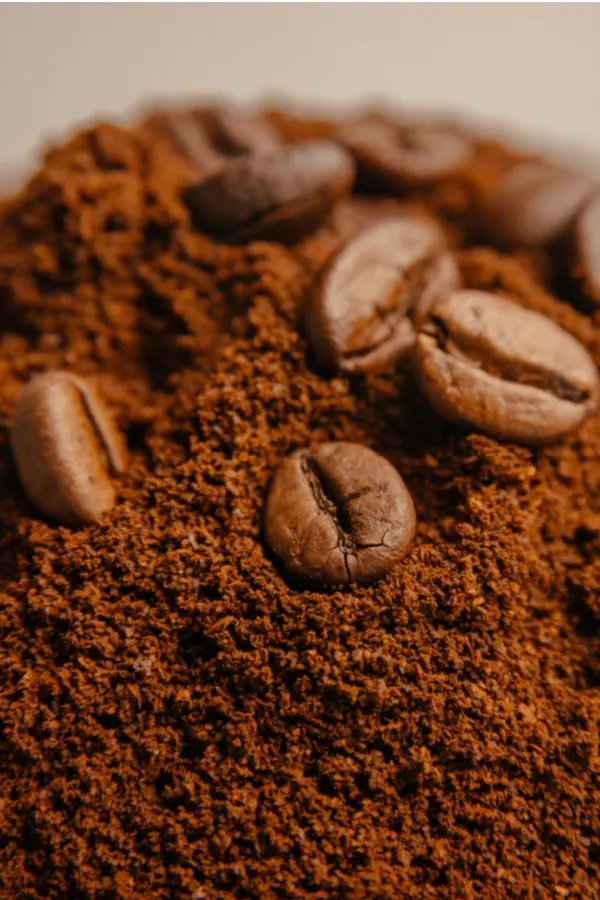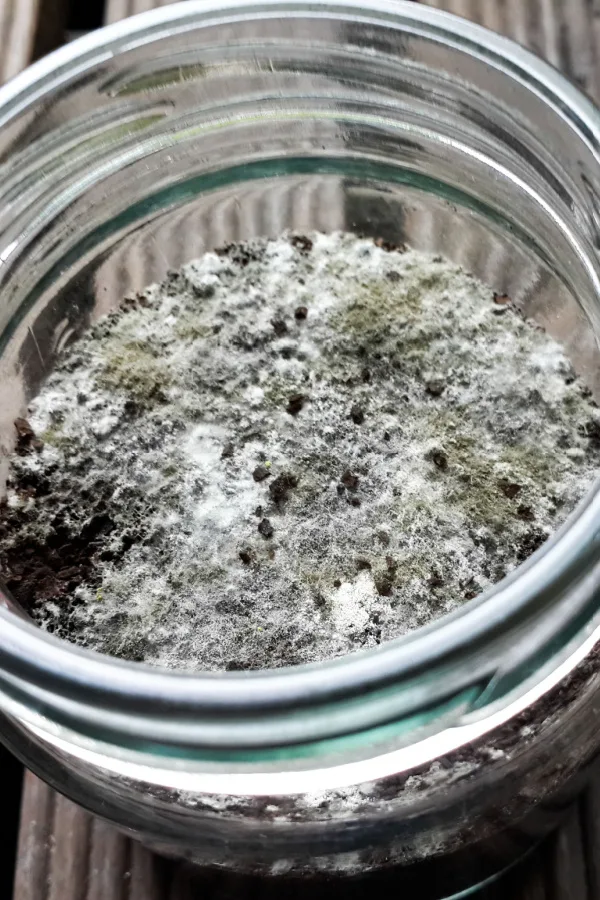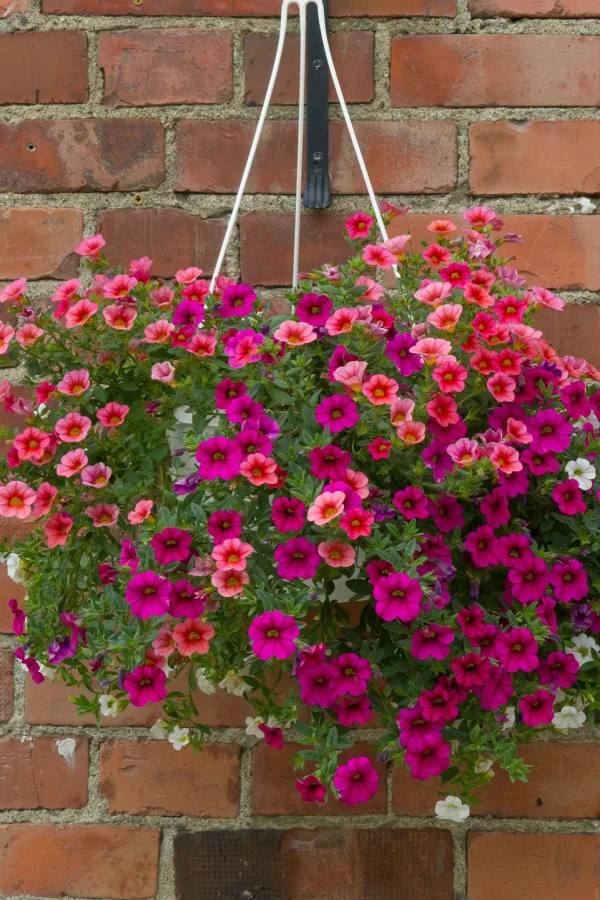Did you know that by saving your spent coffee grounds now, you can use them this spring and summer to help naturally power your garden and flowerbeds. Not only that, but you can use them to energize hanging baskets, perennial plants, and houseplants too!
Coffee grounds are an amazing natural resource that can be used as an all natural fertilizer for a wide array of plants. And the best part of all, all for free!
In addition to helping plants, coffee grounds also help improve your soil too. When mixed in with potting and garden soil, they add both structure and the ability to absorb and hold moisture. All the while adding useful nutrients and trace minerals into the soil.

If all of those reasons weren’t enough to want you to start saving your grounds, there’s more. Spent grounds are great for adding to your seed starting soil and potting soil to energize them. And when all else fails – they are great for the compost pile – adding loads of organic matter and helping to heat the pile up as a nitrogen source.
As you can see, having plenty on hand for growing season can be quite helpful. But in order to do that, you need to start saving early, and that means saving them safely without having them mold.
With that in mind, here is a look at how to save coffee grounds with ease, and some great ways to use them this year to energize all kinds of plants!
How To Save And Use Coffee Grounds
One thing to keep in mind when using coffee grounds is to only use spent grounds. To begin with, using fresh coffee grounds to power your plants would start to get expensive quickly. But that’s not the only reason – as it turns out, fresh grounds can actually harm plants.
Fresh coffee grounds contain a high level of acid within them. Using fresh grounds will cause issues for plants that are sensitive to higher acidic levels in the soil. However, once the grounds have been heated and washed during the coffee making process, the acid levels all but drop off – making them perfect to use.

But even if you don’t drink coffee, finding a source of old grounds is a great idea. Ask neighbors, friends, or family members to save their grounds for you. Most are usually more than happy to help – unless, of course they have their own gardens!
In addition, you can also ask the local coffee shops in your area. Most are more than aware of gardeners using spent grounds. In fact, many even have lists you can get on for their grounds each week. This can be a great way to stockpile a large amount of spent coffee grounds all at once.
Safely Saving Coffee Grounds
One thing is for sure, it isn’t always possible to use spent coffee grounds right away. Especially if you are trying to save up large amounts over the winter in order to have plenty for spring planting. Unfortunately, simply tossing old grounds into a container won’t work.
Spent coffee grounds contain a tremendous amount of moisture and nutrients. And if you were to simply collect the spent grounds in a bucket or container, they will quickly mold because of that. But luckily, there are a couple of quick and easy solutions to the save them without worry.

The easiest way to safely and quickly store spent grounds is in the freezer. Simply add the spent grounds to a large, resealable freezer-safe plastic storage bag and place them in the freezer. The grounds will stay mold free in the freezer indefinitely. Even better, using a resealable bag makes it easy to open and add more grounds as needed.
If you don’t want to use freezer space, you can also spread spent coffee grounds out on a baking sheet and dry them in an oven. Set the oven to 200°(F) and bake for about 30 minutes. The heat will take the moisture out of the grounds. Once dry, they can be stored for months in a sealed container.
So now that you know how to save up plenty for the spring and summer growing season, let’s take a look at the best way to use them to power plants.
How Coffee Grounds Benefit Garden Plants – How To Save & Use Coffee Grounds
One of the best ways that coffee grounds help plants is by adding organic matter to the soil. Nearly ever vegetable and annual plant requires loose, well-draining soil to succeed.
Plants that grow in heavy, dense soils will struggle to push out roots. In addition, the roots have a hard time absorbing moisture as in heavy soil – as well as the vital nutrients they need in order to grow strong and healthy.
But by adding coffee grounds to your soil, not only does it loosen the density of the soil, it will also help that same soil absorb and hold moisture more easily.

Another big way coffee grounds help power plants is through the slow release of nitrogen. Nitrogen is a vital nutrient that plants need in order to develop strong stems and foliage. Coffee grounds also contain other trace amounts of useful nutrients such as calcium, iron, magnesium, potassium, and phosphorous that help power the plants as well.
But what is best about all of the nutrients in coffee grounds are they are already in a state that easily absorbed by the roots of nearby plants. The roots of plants are able to quickly soak up the power in the best way possible – low and slow.
Providing plants with a steady stream of nutrients is much more beneficial for the plant’s overall growth and production than a huge single dose of energy.
If plants absorb too many nutrients all at once, they spend all of the energy on foliage growth – all at the expense of producing new blooms, fruit or vegetables. But with a low and steady supply like coffee grounds provide, the growth is ideal for overall plant health and production.
Using Spent Coffee Grounds Outside – How To Save Coffee Grounds
There are a number of different ways to use spent coffee grounds with vegetables, flowers and vegetables. These tips work whether you are using traditional in-ground gardens, raised beds, or even growing in hanging baskets or containers.
The first is to add a few tablespoons of spent grounds directly in planting holes when first putting plants in the ground. This provides growing plants with a low dose of nutrients right where they need it most – at their roots. This is great for vegetable plants, annuals and perennial flowers.

After planting, sprinkle a few tablespoons of the spent grounds around the base of each plant as well. The plants will continue to get a small release of nutrients every time it rains or whenever you water your plants. To continue this kind of slow feeding, add more coffee grounds to the base each month.
This is exactly why grounds are great for putting every month or so on hanging baskets and container plants. Once again, every time you water your plants, the nutrients leach down to power plants.
Finally you can always add coffee grounds directly to your home compost pile. When it comes to composting, coffee grounds are a “green source,” which helps to heat up compost piles. A hot pile decomposes quickly and turns the materials into nutrient rich, amazing compost faster than ever.
Using Indoors – How To Save Coffee Grounds
You can also use coffee grounds to help fertilize your houseplants year round. The best way to do this is to create a weak fertilizer tea and then water your plants with the liquid. To make, soak a quarter cup of spent grounds in a gallon of water for a few days. Strain out the grounds and then use the liquid to water your houseplants.
For even more ways to use coffee grounds, check out our article on 4 Great Ways To Recycle Coffee Grounds. Here is to saving your grounds – and using them to power your plants inside and out!
Follow Our Facebook Page For Even More Great Tips! Simple Garden Life Facebook Page
Simple Garden Life is a website dedicated to keeping gardening fun, simple and enjoyable! We publish two new articles each week along with a new garden podcast episode every two weeks. This article may contain affiliate links.
